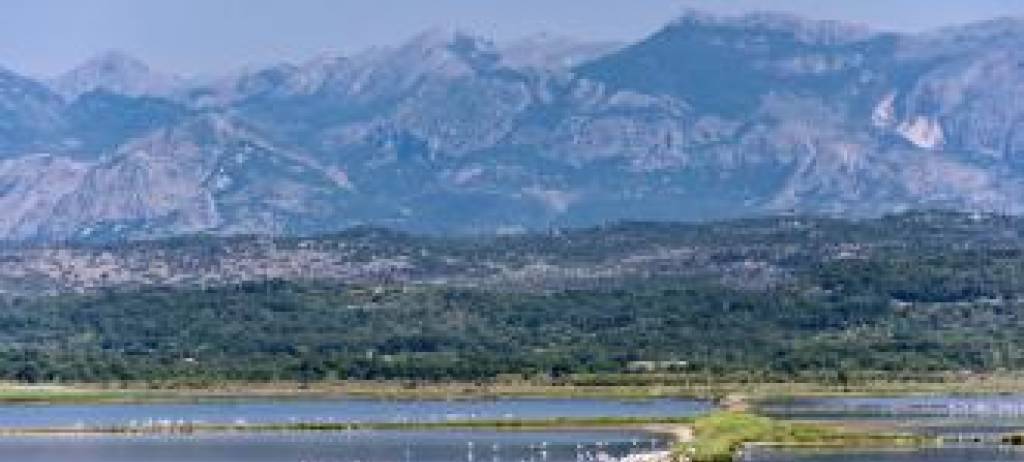Montenegro has designated Ulcinj Salina as its third Wetland of International Importance (Ramsar Site No. 2399). The Site on the Adriatic coast, close to the border with Albania, is the largest salina (saltpan) in the Adriatic. It was built in the 1930s, and salt production stopped in 2013. The Site is divided into several areas which had different purposes in the salt production process, such as crystallization and evaporation. They are now mostly covered by grassland, halophyte vegetation and reeds.
Ulcinj Salina is the most important wintering, nesting and feeding site for birds on the eastern coast of the Adriatic and a key stopover site for birds migrating on the Adriatic Flyway. Overall, 252 bird species have been recorded in the Site, 20 of them globally threatened. In addition, one endangered amphibian (Albanian water frog), one reptile (European pond turtle) and one mammal (European otter) are present.
Due to the stopping of salt production, the Site is at risk of losing the halophyte vegetation, which would be substituted with more common vegetation types, negatively affecting the biodiversity which it supports.


